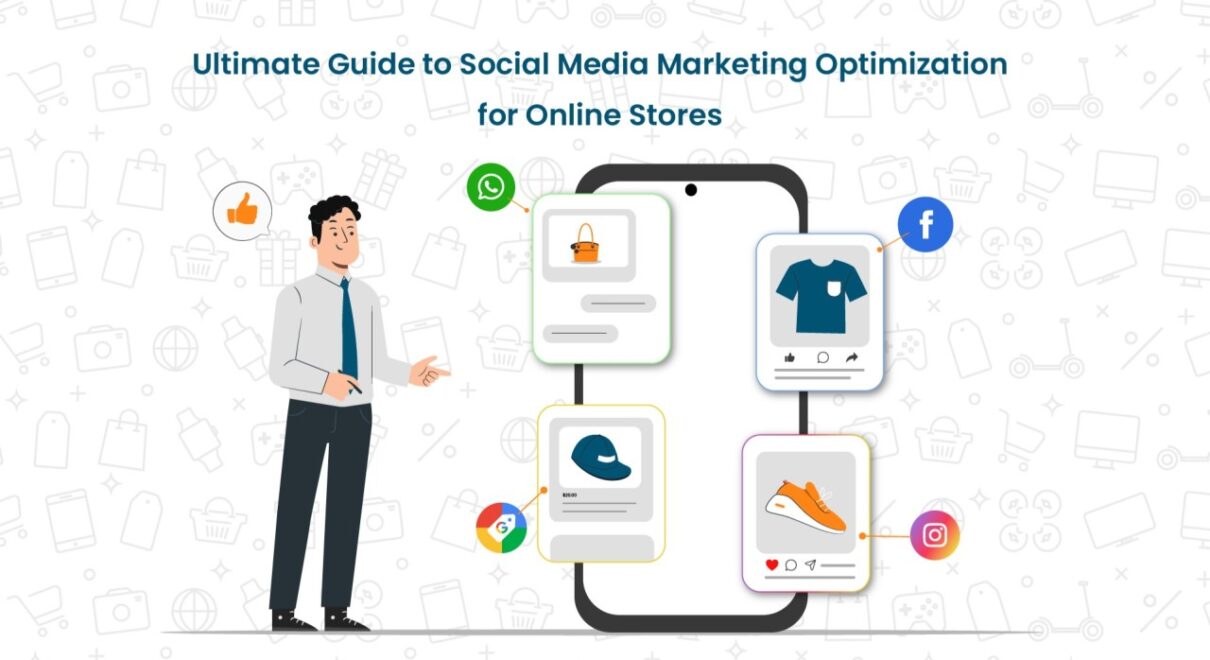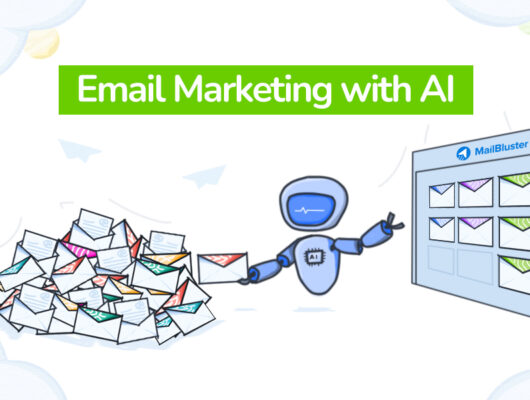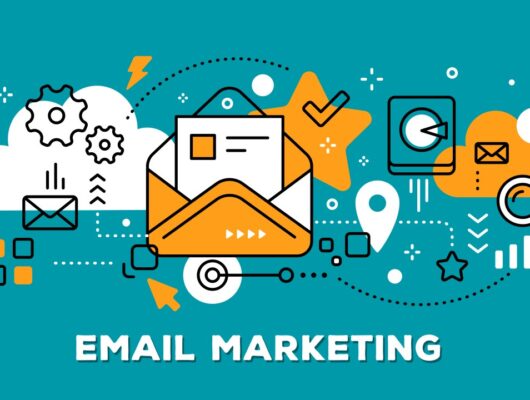Social media is a powerful tool for online stores, offering a unique opportunity to connect with audiences, showcase products, and drive sales.
Whether you’re running a boutique or a large-scale e-commerce platform, a well-planned social media strategy can help grow your brand and turn followers into loyal customers.
This article provides actionable tips and strategies for effective social media marketing tailored to online stores.
Why Social Media Marketing Matters for Online Stores
- Wide Reach: Platforms like Instagram, Facebook, TikTok, and Pinterest have millions of active users daily.
- Visual Appeal: Social media allows online stores to showcase products through images, videos, and creative content.
- Engagement: Direct interaction with customers builds trust and community.
- Cost-Effective: Organic posts and targeted ads can provide high ROI compared to traditional marketing.
Strategies for Social Media Marketing
- Choose the Right Platforms
- Instagram: Ideal for fashion, beauty, and lifestyle products due to its visual focus.
- TikTok: Perfect for engaging younger audiences with creative, short-form videos.
- Facebook: Great for reaching a broader demographic and running targeted ads.
- Pinterest: Effective for driving traffic to online stores, especially for niches like home decor and DIY.
- Optimize Your Profiles
- Use a consistent logo and brand colors across platforms.
- Write a compelling bio that includes your unique value proposition and a link to your store.
- Add highlights (on Instagram) to showcase product categories, promotions, and FAQs.
- Create High-Quality Visual Content
- Post professional images and videos of your products.
- Use lifestyle photography to show products in real-life scenarios.
- Incorporate reels, stories, and carousel posts to keep your feed dynamic.
- Engage with Your Audience
- Respond to comments, DMs, and mentions promptly.
- Encourage user interaction with polls, questions, and giveaways.
- Share user-generated content (UGC) to foster a sense of community.
- Leverage Influencer Marketing
- Partner with influencers who align with your brand values.
- Use micro-influencers for niche audiences and higher engagement rates.
- Run campaigns like product reviews, unboxings, or styling tips.
- Use Paid Advertising Strategically
- Run Facebook and Instagram ads targeting specific demographics and interests.
- Use TikTok ads to showcase engaging product demos or trends.
- Leverage retargeting ads to re-engage customers who visited your site but didn’t make a purchase.
- Post Consistently and at Optimal Times
- Create a content calendar to plan posts in advance.
- Use analytics tools to determine the best times to post for your audience.
- Showcase Customer Reviews and Testimonials
- Share positive reviews in your posts and stories.
- Highlight before-and-after photos or customer success stories.
- Run Promotions and Giveaways
- Offer discounts, flash sales, or free shipping to followers.
- Use contests to encourage likes, shares, and tags (e.g., “Tag a friend for a chance to win!”).
- Incorporate Shoppable Posts
- Enable Instagram Shopping and Facebook Shops to allow direct purchases.
- Tag products in posts and stories to make shopping seamless.
Metrics to Track for Success
- Engagement Rate: Monitor likes, comments, shares, and saves.
- Traffic: Use Google Analytics to track how much traffic comes from social media.
- Conversion Rate: Measure how many social media visitors make a purchase.
- Follower Growth: Track audience growth over time to assess reach.
- Click-Through Rate (CTR): Analyze the effectiveness of ads and links.
Tools for Social Media Marketing Success
- Canva: To create eye-catching posts and stories.
- Hootsuite: For scheduling and managing social media content.
- Later: To plan and optimize posts visually.
- Google Analytics: To track social media-driven traffic and sales.
- Sprout Social: For in-depth audience analytics and engagement tracking.
Common Challenges and Solutions
- Low Engagement
- Post interactive content like polls or quizzes.
- Collaborate with influencers to boost visibility.
- Ad Fatigue
- Rotate creatives and test different formats, such as reels or carousel ads.
- Use A/B testing to refine your campaigns.
- Time Management
- Use automation tools like Buffer or Hootsuite to schedule posts.
- Outsource content creation or social media management when necessary.
Conclusion
Social media marketing is a game-changer for online stores, offering a unique way to engage customers and boost sales.
By focusing on quality content, audience engagement, and strategic advertising, your brand can thrive in the competitive e-commerce space.
Would you like to include specific case studies, content templates, or ad campaign examples? Let me know!







